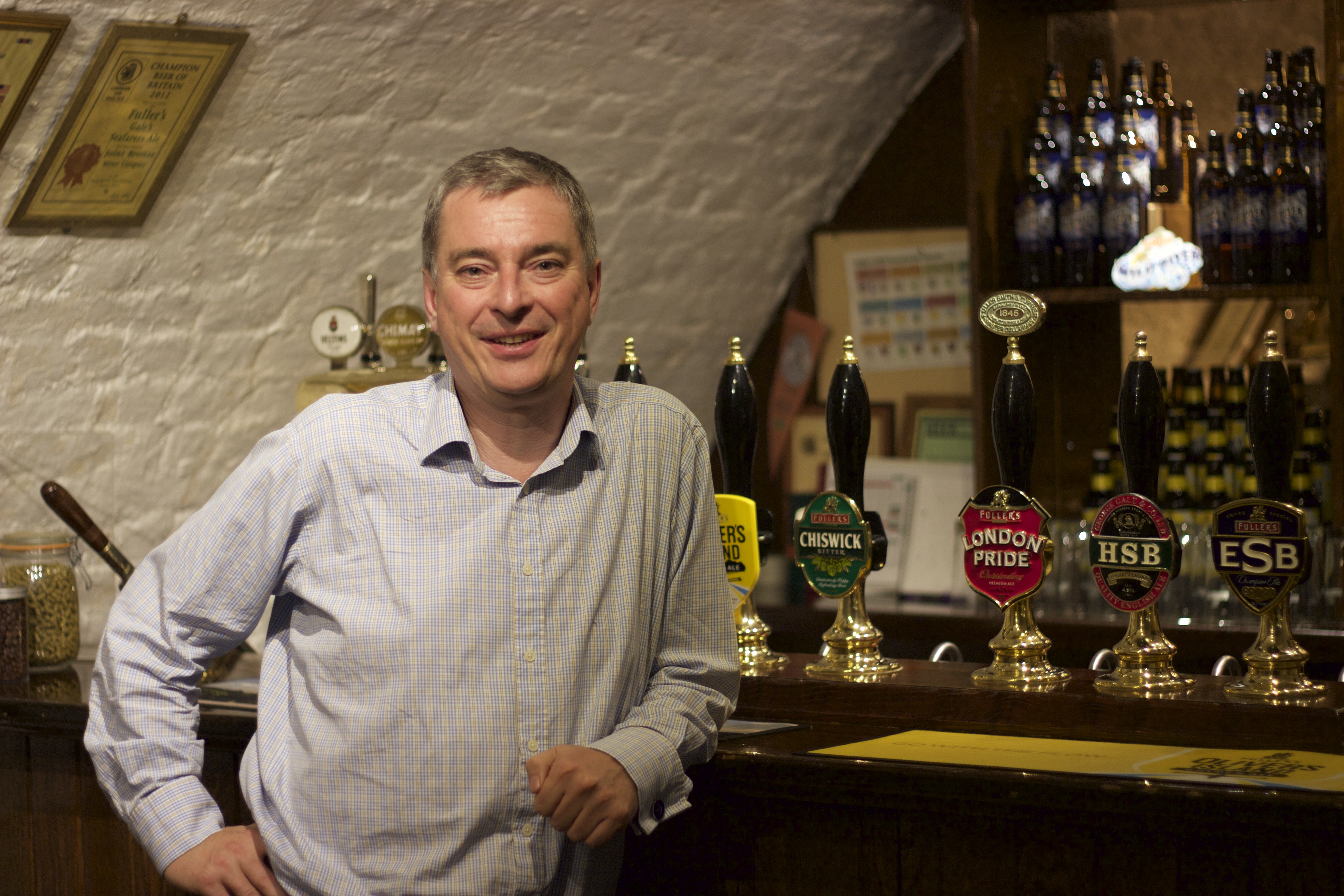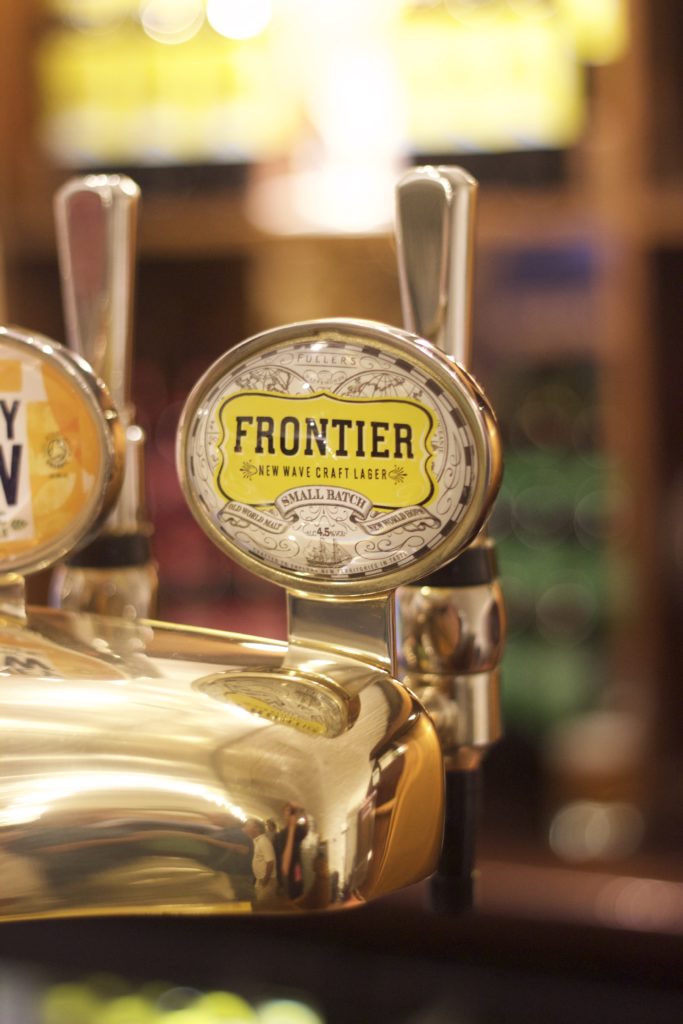
US Competition
And it’s the US, that Keeling continually points out as a geography that has had, and will continue to have, an impact on the success of breweries in the UK. Not only in the flavour, and quality of beer they produce, but the mentality they adopt when brewing.
“Look at the US, there are breweries who are incredibly interested in the beer styles from the UK, Germany and other countries. They explore these styles and they are not as dismissive of some of the craft breweries here that think they are gods, so it’s an unusual thing. It’s a weird cycle,” he says.
Pointing to Fuller’s Wild River 4.5% double-hopped ale, which features Liberty, Willamette, Cascade and Chinook hops: “You could describe that as a weird cycle, as it’s a beer that’s influenced by Americans, who are making beers influenced by England. Look at Brooklyn, it’s a beer that you could use to give to CAMRA types that wouldn’t want to drink lager, and often they’d look at you not believing it’s a lager.
”It’s really funny that you can have someone like Stone, making their beers, a response to English beers, and they ratchet it up to make super big versions of it. And then, we look at it and say, we like the flavours but let’s make a subtle version of that.
“And I think a lot of British breweries will be in trouble the day the US breweries truly discover subtlety but they’ve been going for 200 years and they still haven’t, maybe they never will. They go from extremes of Budweiser to having ‘Arrogant Bastard’.
“But now, the main topic of conversation is how you make drinkable beers, getting those flavours into subtle drinkable beers. That’s what they’re interested in now and that’s what I’m being asked on a regular basis.”
Changing Tastes
Keeling, more than most, has seen how people’s tastes have changed in recent years, and decades, as well as the volumes they consume too. He highlights how, when the 5.5% ESB came out, was considered a strong beer, which isn’t considered as strong now.
“Historically as a nation, we primarily drunk beer in the pub and that is somewhat reversing now, with a more 50/50 split with the amount we drink at home. But, even so, it’s a hefty percentage, a people don’t want to be drinking 7% beers all night. Yes they may be drinking halves, or two thirds, but how long do they stay at that pub,?” he asks.
“One of things that’s important to recognise now, is that it the number of occasions you could drink beer has widened. When I grew up, the occasion you drank beer is when you went down the pub and you would have four, five, or six pints with your mates.
All the other occasions when beer could be drunk were totally ignored If you were in a restaurant, you drunk wine. If you were at home, you would drink tea. Now, it is much different,” he says.
But while the amount of occasions we drink beer has broadened, Keeling still encounters challenges on his quest to educate those around him about good beer.
“To some of them, beer is Heineken and Carlsberg. That’s their experience. While those beers represent a very narrow range of flavours, they take up a big chunk of what people drink. The range of beer flavours is huge, but the majority of the world’s population does not know that. But that’s not an issue that is endemic to the UK exclusively. You could go to the Midwest where Budweiser is still what beer is, or even New York where the truck driver will come in, and order three slabs of that beer,” he explains.
1 comment on “Meet the Brewer: John Keeling, Fuller’s”
Comments are closed.


These ‘old’ systems rellay intrigue me. The ‘cleansing system’ being the oldest which was basically a single fermenter where the beer was cleared in the casks.The ‘dropping system’ is just a minor modification of the ‘skimming system.’ Both of these used two vessesl and then the cask. You could make much brighter beer this way.So to your question, Ron.What about the amount of yeast used per barrel? Same goes for the percentage of sugar?The AK states that it uses 57lb 1st crop. How does the X differ?I’d put dollars to doughnuts and bet it wasn’t anything like this. Im betting it was a function of two things. The ‘head’ and the temperature. 70F seems to be the magic number then. They wanted to wait until they got to the ‘yeasty’ head before they dropped the beers but temperature would regulate it most. These beers should have been cooler b/c it was March. In the summer Im betting they got them into the squares faster and jacked up the attemperators (sp?). When the beers started to look like they were almost complete the attemp were cranked to drop the beers down to 60 or low (winter). At this point they were very careful about skimming in that they wanted to ensure a small head was left on the beer to avoid aerial contamination. This is combined info from a bunch of 1880-1920 manuals. Lots of good stuff.